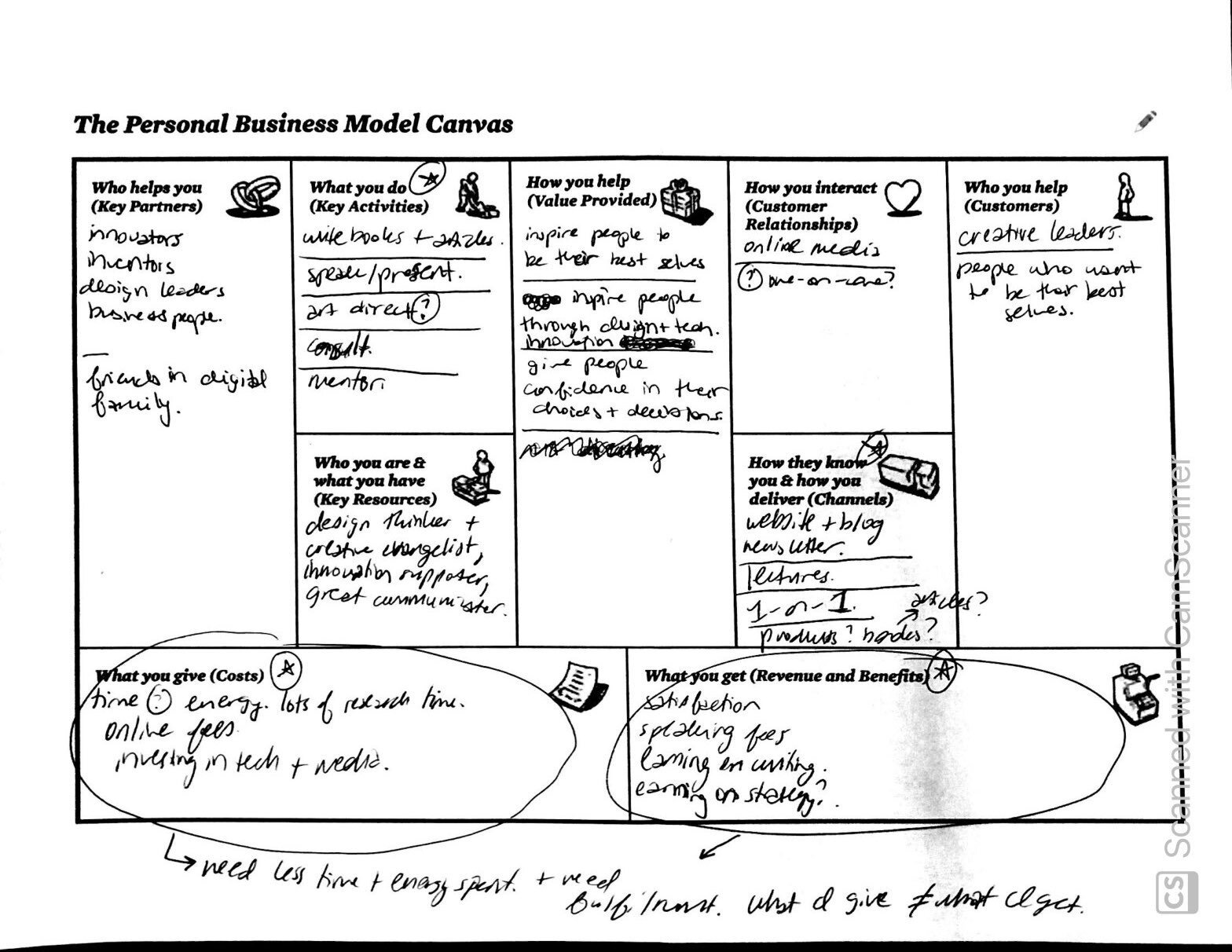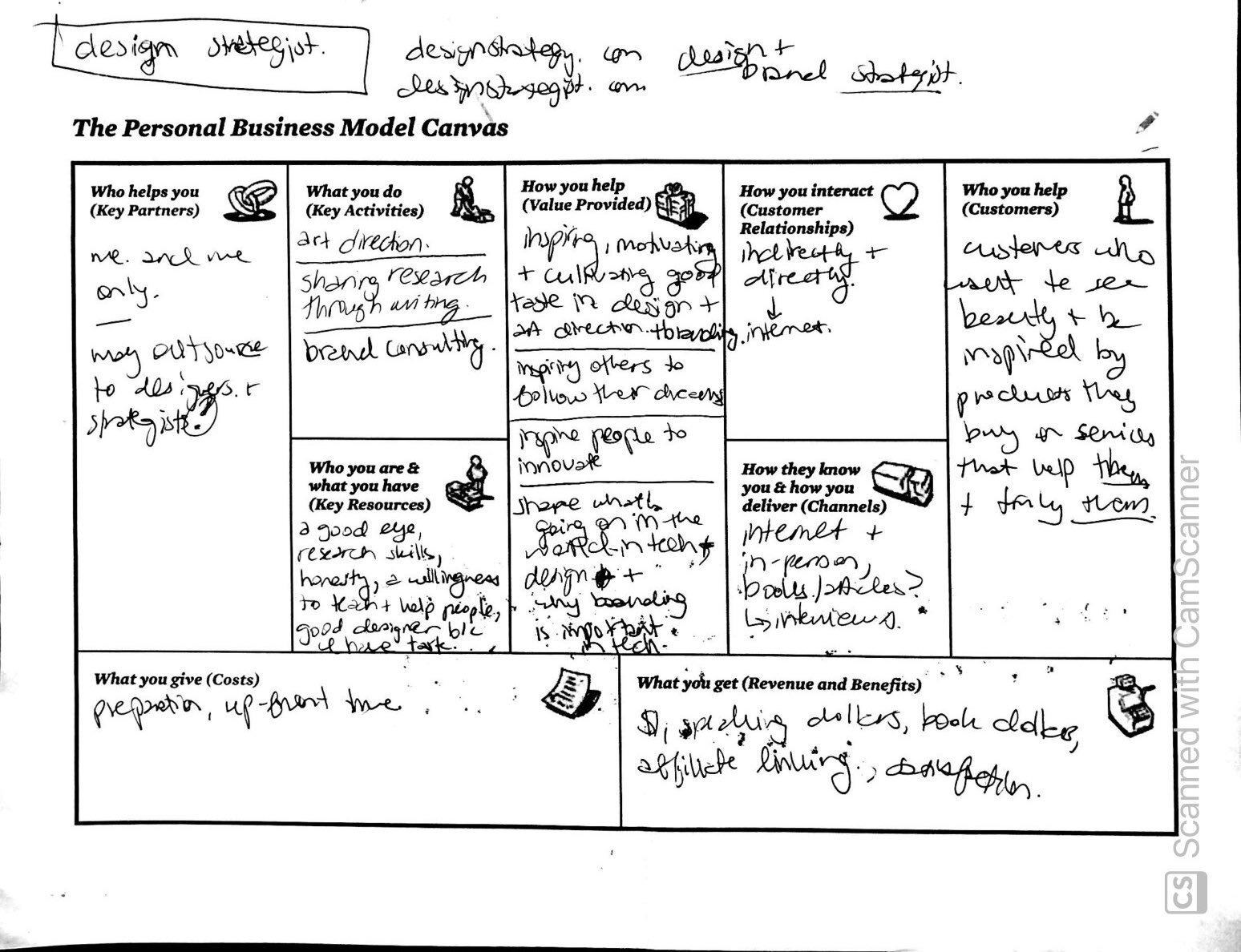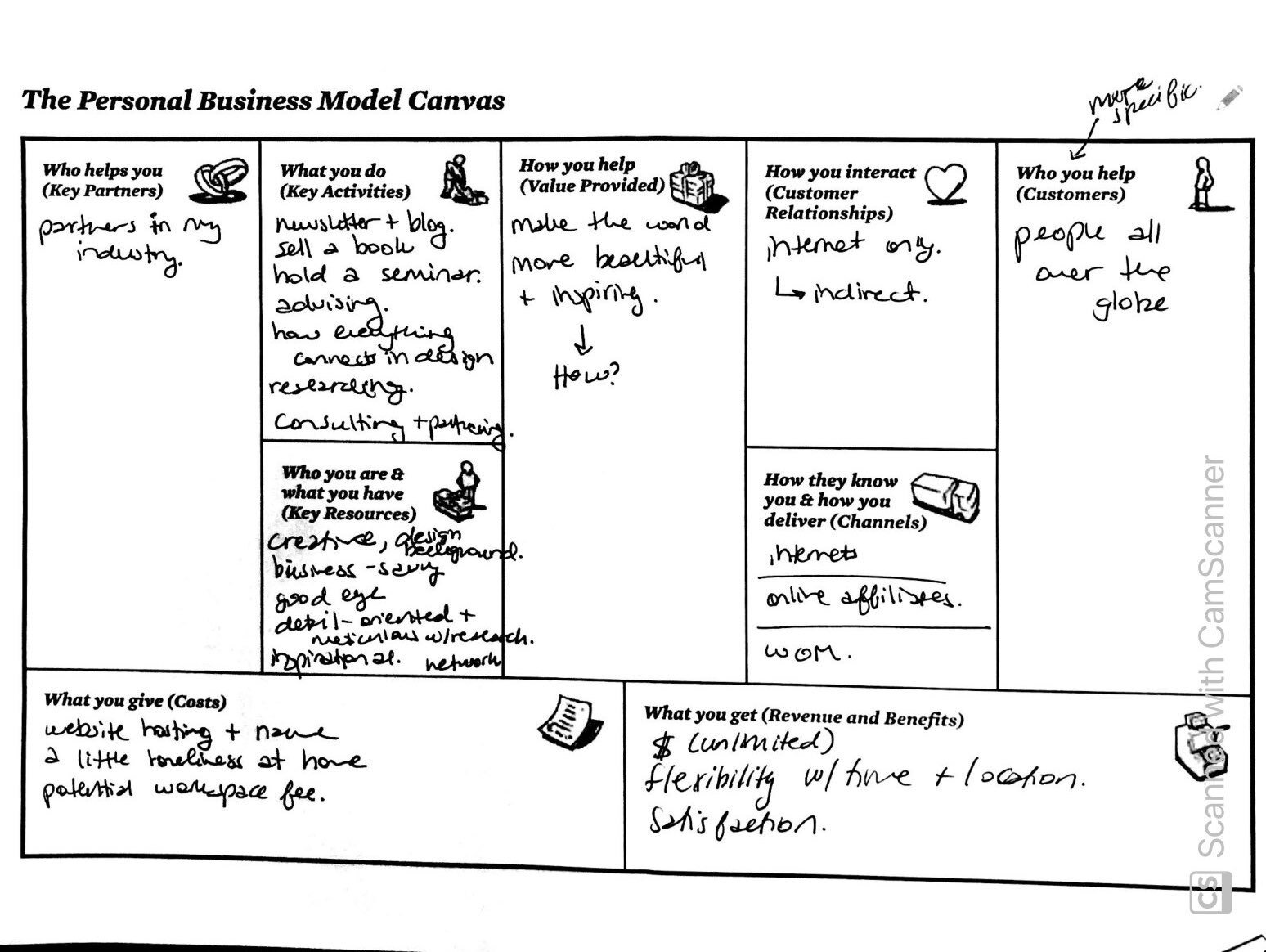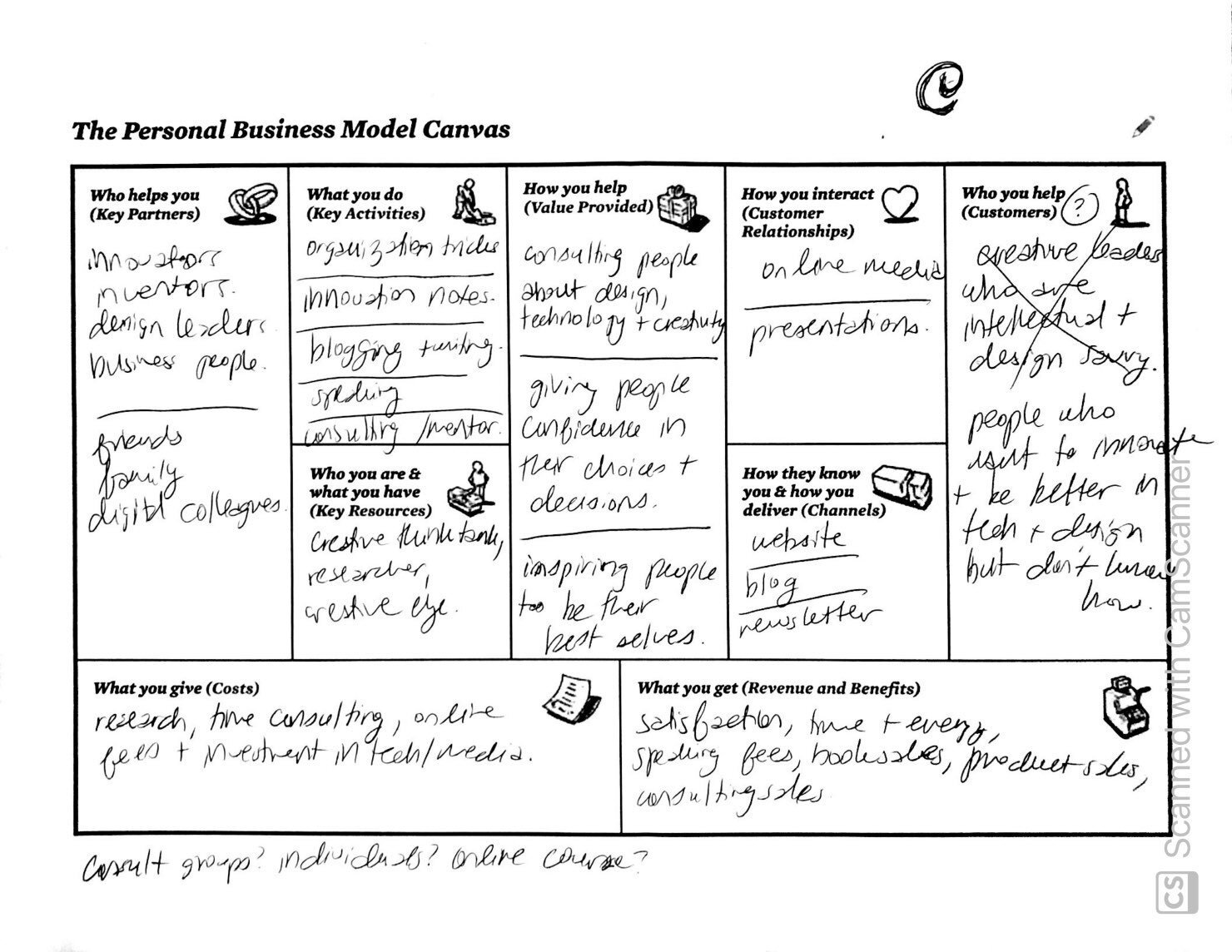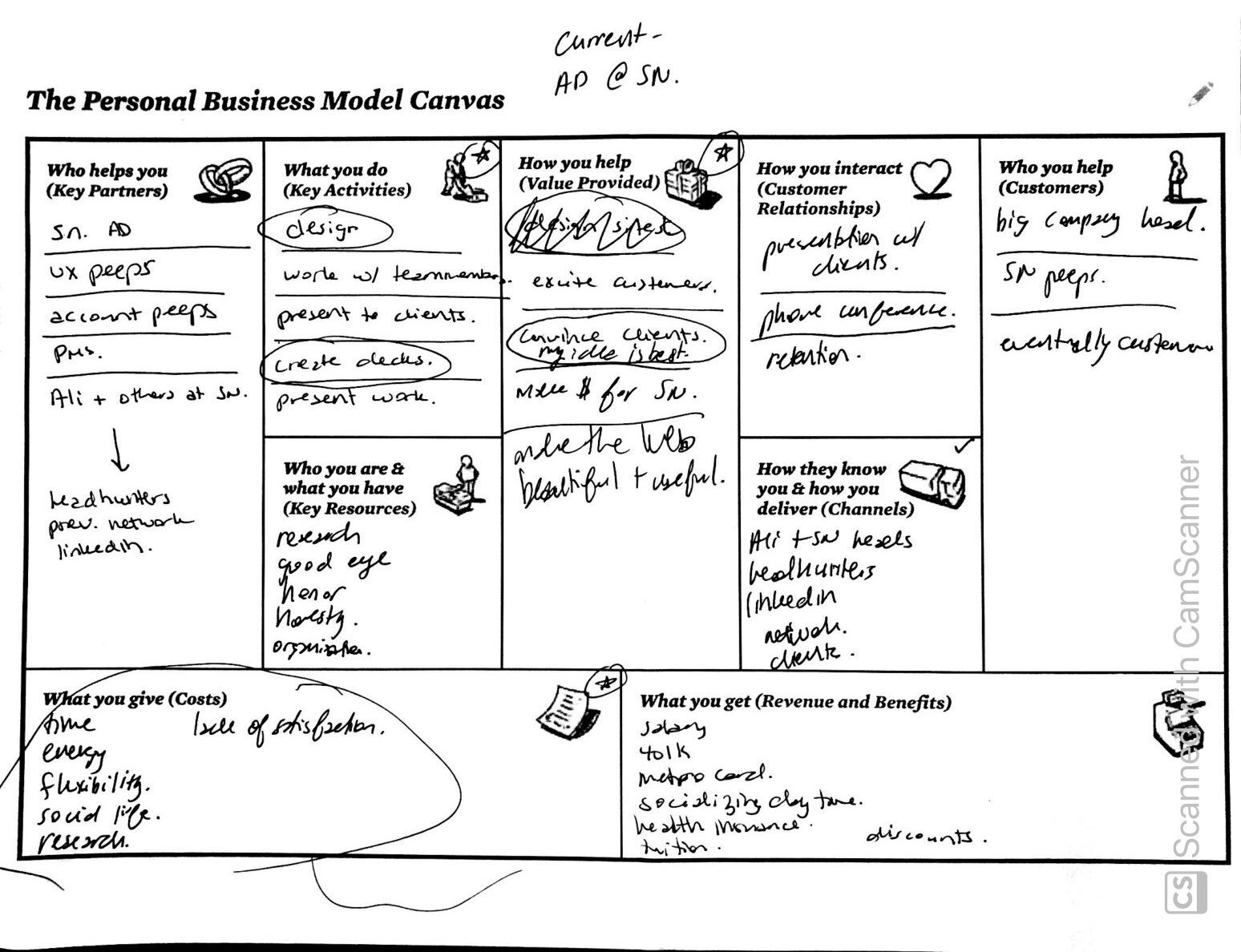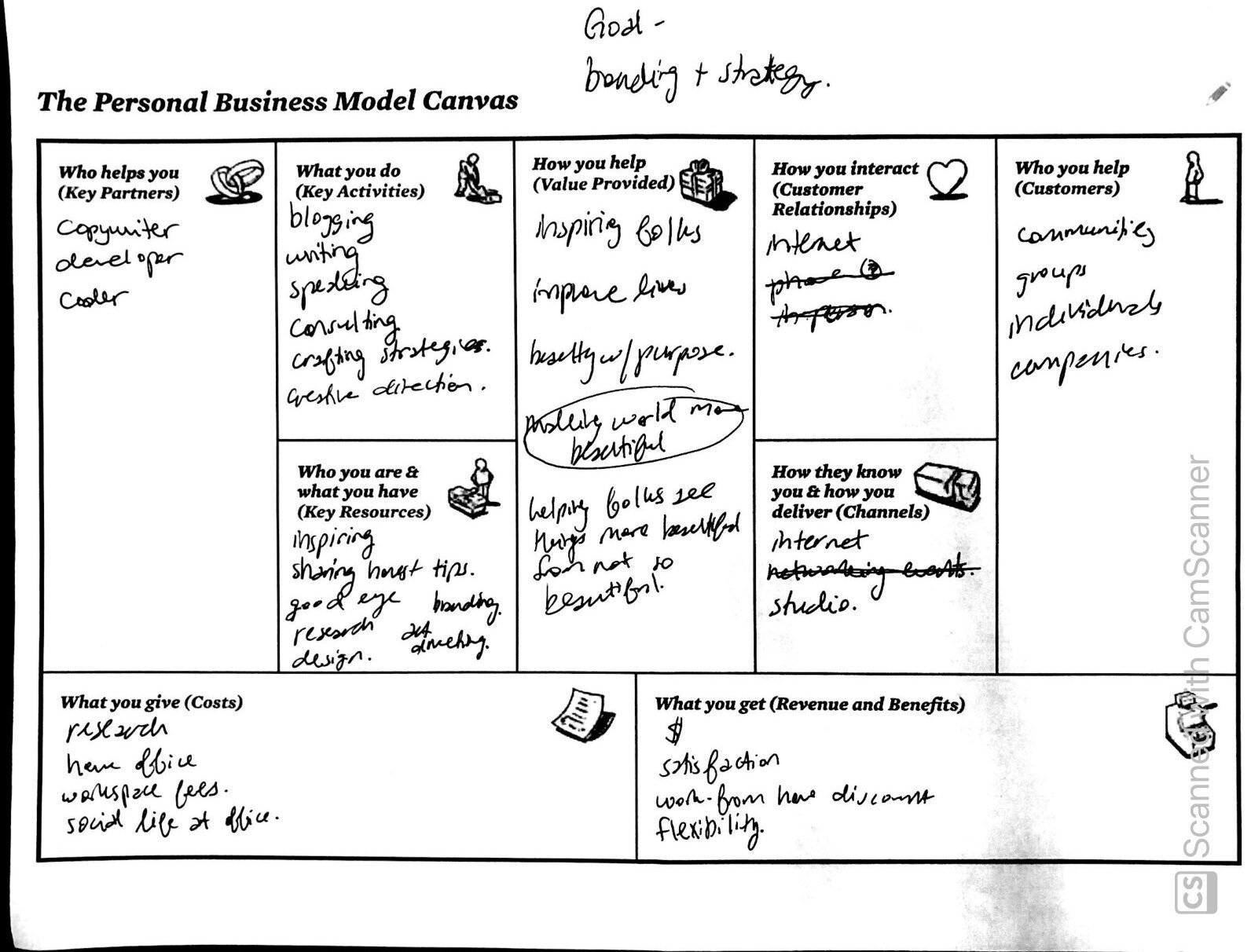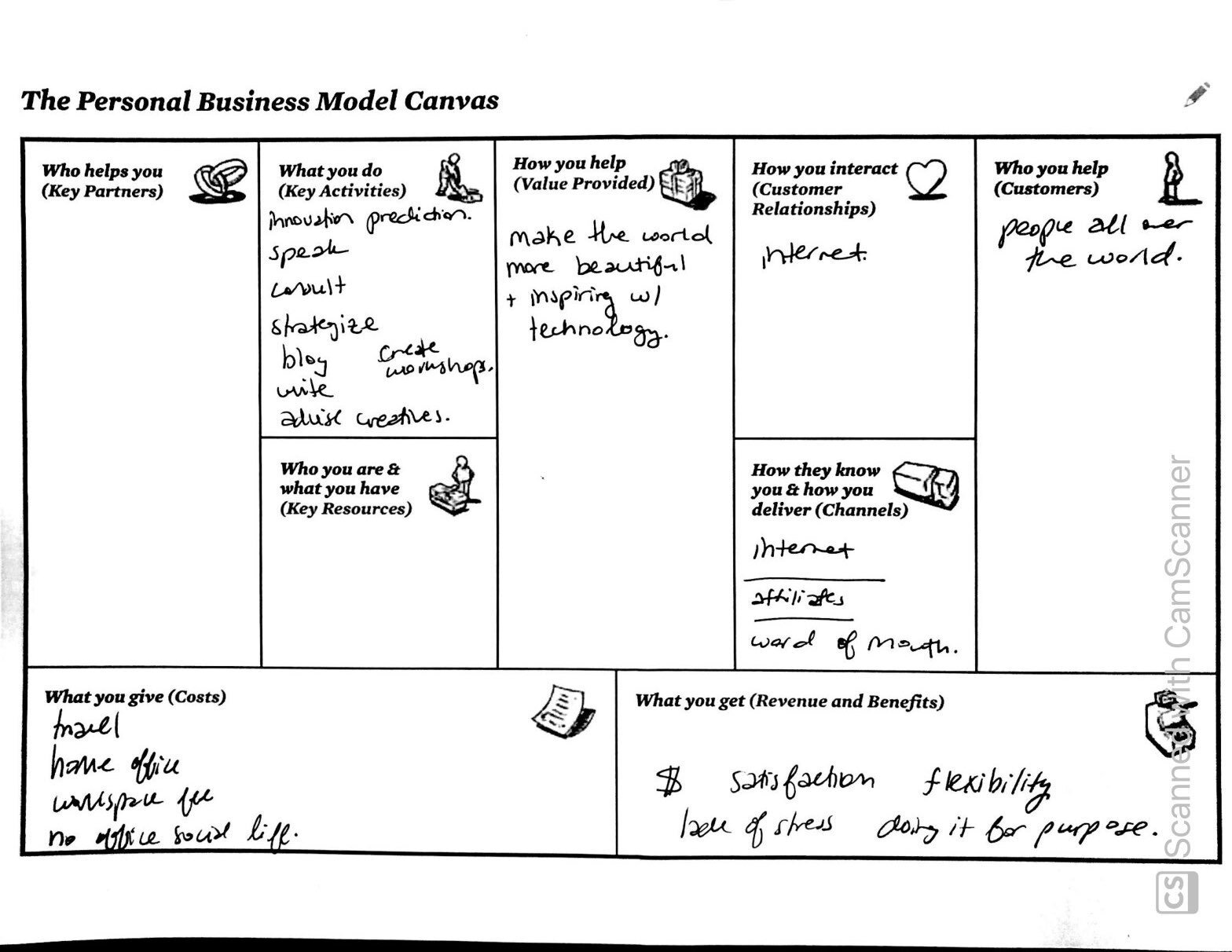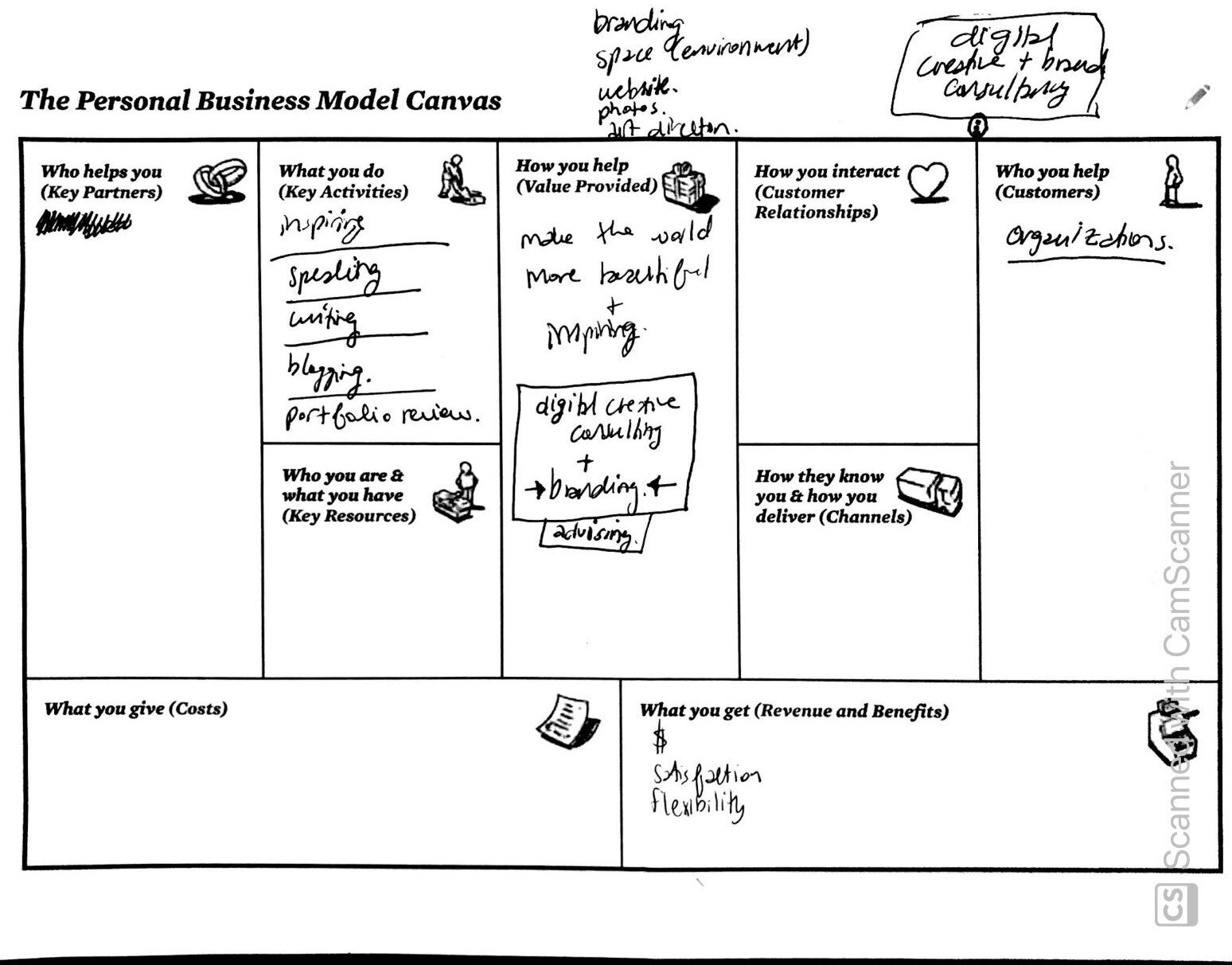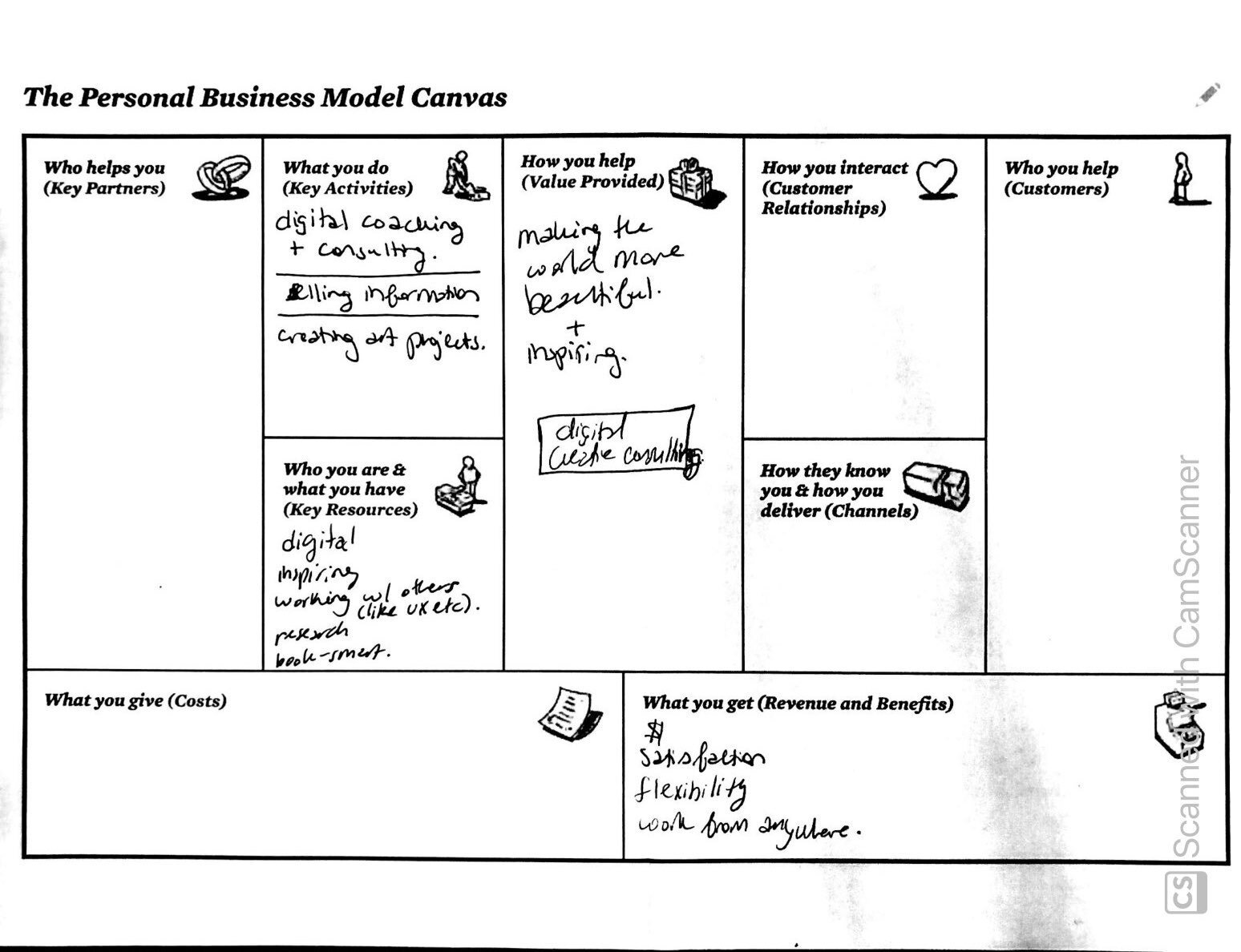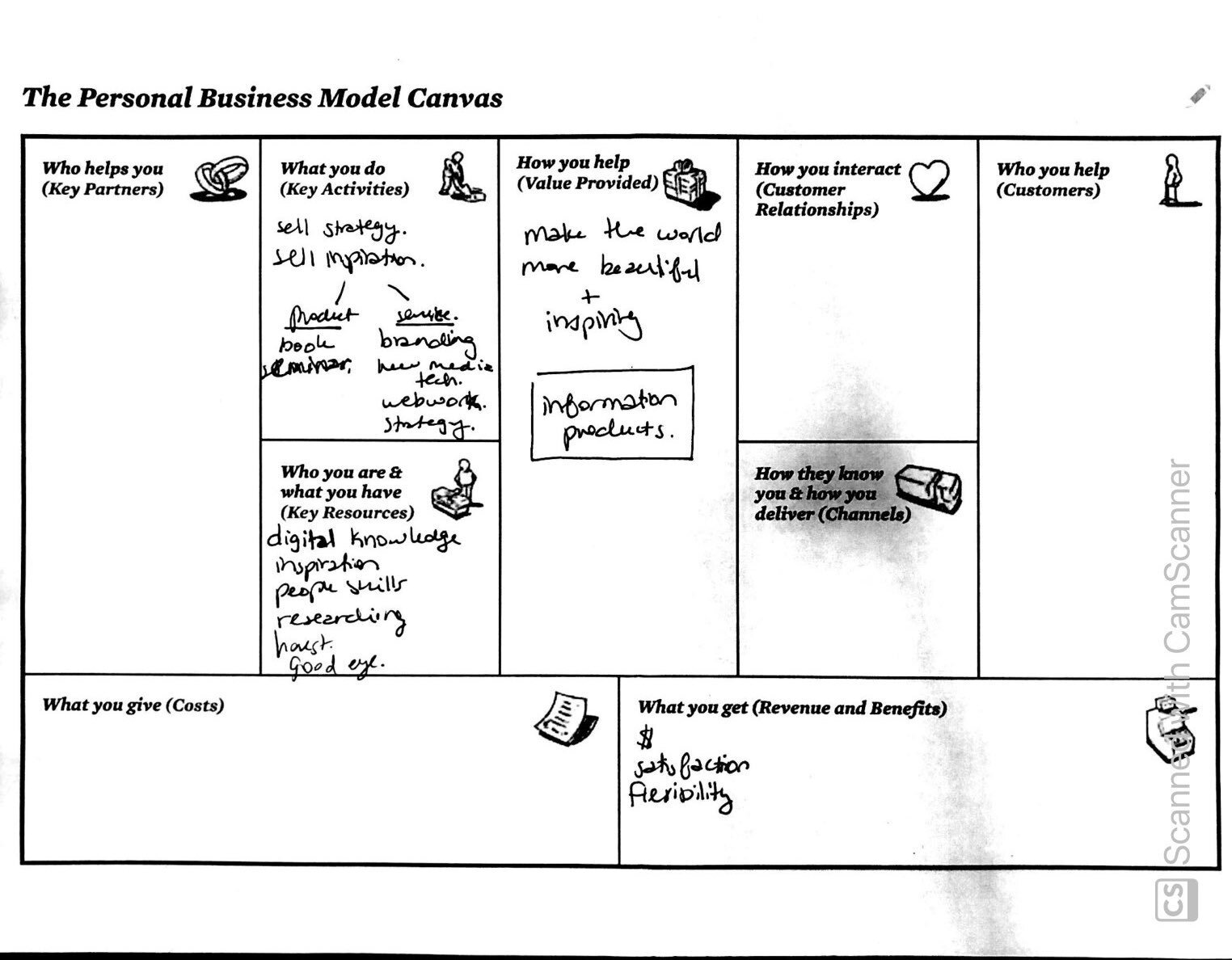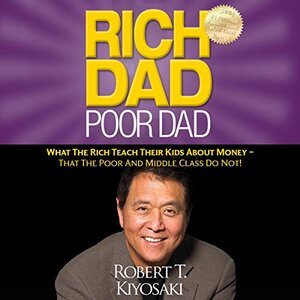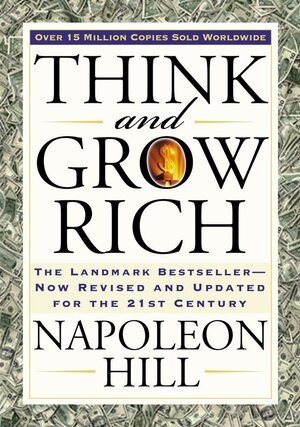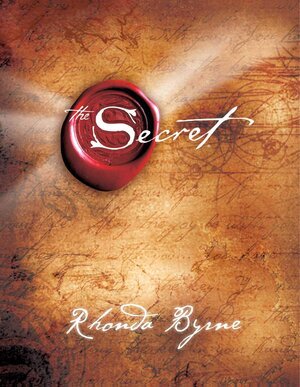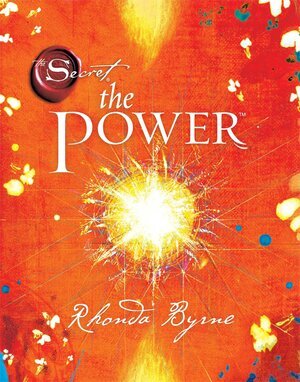Enabling creative freelancers to achieve financial freedom, mindfully.
ACCOLADES
1 of 20 companies accepted into NYU Summer Accelerator and NYU Female Founders Circle (twice!)
Presented At
NYU Tisch
Parsons
Pratt
CULTUREHUB
Role
Founder
We’re now in an age of hustle and distraction, and it’s harder than ever to find the space within ourselves to be our best self while getting the support needed to succeed independently as a creative professional.
So I created my own digital product to tackle this issue:
A 6-week bootcamp and mindfulness toolkit aimed to help independent creatives confidently freelance and earn.
In a business sense, it’s a way to help creatives create work and a livelihood that is abundant, smart and efficient through mindset shifts and practical tips (from negotiation to having the right web presence). It’s also about making daily choices that help over time: meditations and developing an abundant mindset through affirmations.
Phase One:
Strategy & Vision
Business Model Canvas
In order to come up with the best business model, I went through 10 different versions and met with my advisor at the NYU Entrepreneurship Institute to discuss what the best version would be.
Interviewed 10 people via Zoom
01
Finances
The key issue people faced was being concerned about money and wanting downloadable contracts. They wanted the understand the practical side of being an independent creative.
02
wellness
Everyone I interviewed felt really overwhelmed, and the idea of including wellness exercises seemed intriguing.
03
Low on Time
It became clear that laying things out really simply was key. This led me to come up with 6 key areas of content to convey.
Final Business Model
Value Proposition
Design Life Well provides marketing education with simple step-by-step formulas for beginner creative professionals who want to grow their brands online when they transition or start a business.
What value do we deliver to the customer? Design (made beautifully), Accessibility (access to education online).
Which one of our customer's problems are we helping to solve? When users feel they’re ready to make a move, want to up-level to a better version of themselves, feel like they’re ready for a change, or see that the life they’re living now is not the one they want to continue having.
Which job are we helping the customer get done? Helping them with goal setting plans.
Which customer needs are we satisfying? Be happier, have more control around your future, and stop spinning in your head or feeling bad for yourself.
What bundles of products and services are we offering to each Customer Segment? Online course and freebie, plus education via social media.
Customer Relationships
What type of relationship does each of our Customer Segments expect us to establish and maintain with them? Active social media.
Which ones have we established? Currently those on my newsletter list.
How costly are they? Right now they’re free.
How are they integrated with the rest of our business model? Newsletter folks are the ones who find out about how to buy.
Channels
Through which Channels do our Customer Segments want to be reached? Newsletter and social media.
How are we reaching them now? Social media.
How are our Channels integrated? Which ones work best? Email + Social.
Which ones are most cost-efficient? Organic social media.
How are we integrating them with customer routines? New years resolutions, birthdays, start of the new month, Mondays.
Customer Segments
For whom are we creating value? To ambitious people who want change.
Who are our most important customers, clients, or users? On newsletter.
Cost Structure
What are the most important costs inherent in our business model? Website, Ads, photography / design expenses.
Which Key Resources are most expensive? Teachable.
Which Key Activities are most expensive? Online Expenses.
Revenue Streams
For what value are our customers really willing to pay? For the course itself.
How would they prefer to pay? Through credit card transaction, without any shipment fees or complications.
How much does each Revenue Stream contribute to overall revenues in terms of percentages of the total? Right now 100%.
Phase Two:
Research + Sketching
I read through 6 books to help prepare for some of the affirmational content within the course.
Question
How can one utilize technology to help foster well-being in one’s career?
What does fostering well-being look like:
More time to go outside
More time to travel
More beauty seen more often (food, environment, spatial)
More time with family
More time with the cat
More time to volunteer, or put $ in places that matter
More time to exercise
More time spent looking nicer
This means technology must be:
Less hours worked
Less screen time
Less time behind a computer
Less production work
Less of “finishing something on time” for a client
Less me, rather hire people who can do that work
Less waiting to present to others
Less wasting my time on what can be automated
Phase Three:
User Experience
Personas
User Flow
Initial Prototype + Branding
Key Findings:
Content
Initially there was far more content presented than what was finalized. This is because I had over-focused on the manifestation side of the course, rather than focusing on the freelance part.
Finances
After user reviews, the information I received was that this felt more like a mindfulness course than a business course, so I had to adjust the content accordingly.
Branding
Some of the user feedback I got was that this was too masculine, and harsh. Thus, the look/feel had to be changed to reflect a more “holistic” brand vibe.
Phase Four:
Final Design
Course Outline
Every section contained media:
Purpose
Pricing
Presence
Positioning
Process
People
Workbook
Audio
Bonuses
Affirmations
Slides
Transcripts
Workbook
Slides
Audio
Affirmations
Bonuses
Transcripts
I found incredible gradient art from Tutku Tetik, and purchased his work in order to be used across various marketing materials.
Presentation
In order to finalize all the research, I put together a 10-minute presentation and video which took me about 2 weeks to edit and refine.
Marketing + Advertising
In order to market the product, I created ads and an instagram account to drive users to the site.
Results
Over 80 newsletter signups in 4 months
Over 1000+ followers on social channels
Ended up being accepted to teach course at NYU Tisch as a bootcamp
Spoke to students and professionals at Parsons, Pratt + CULTUREHUB
Was accepted into NYU’s Summer Bootcamp Accelerator
Was accepted into 2 rounds of NYU Female Founders Circle
Impacted lives


